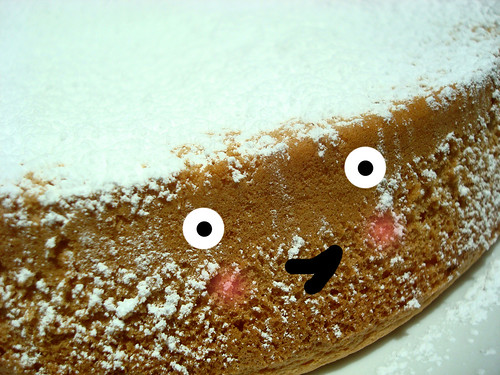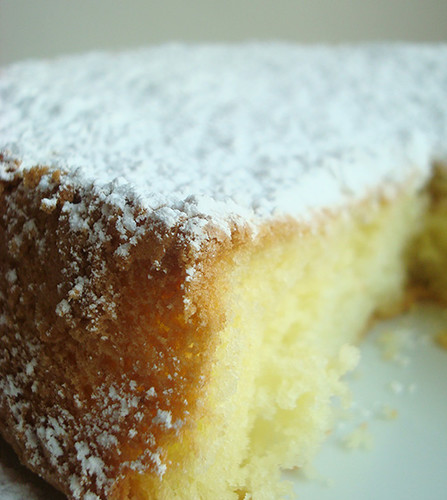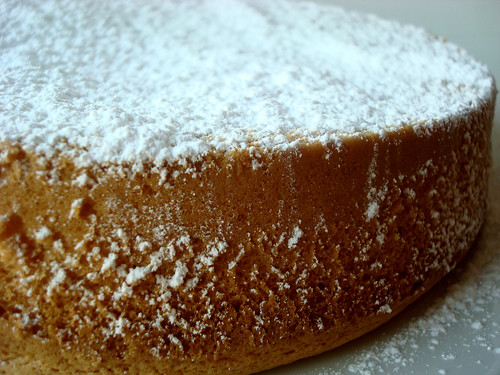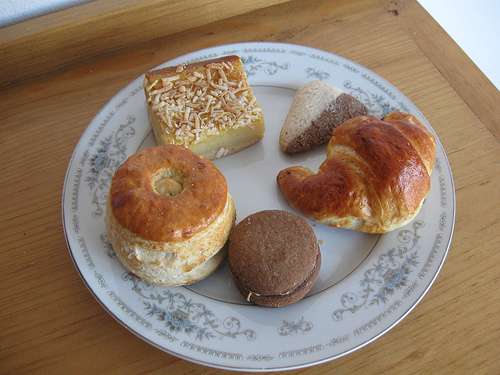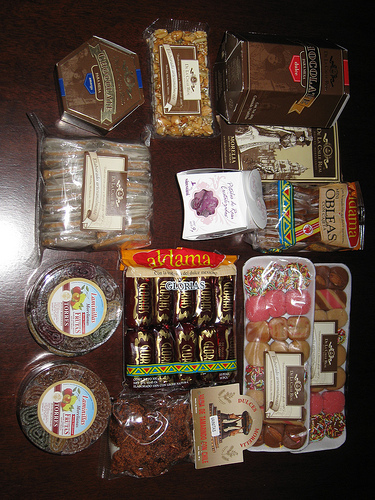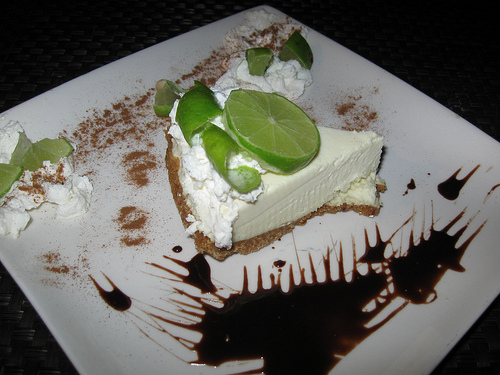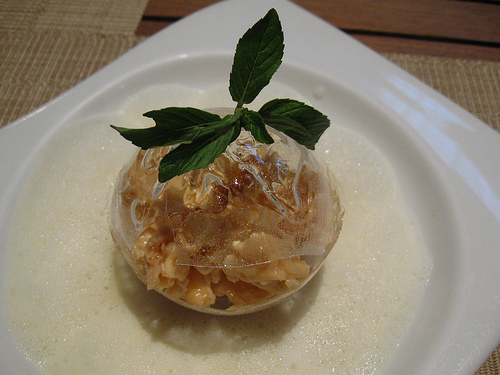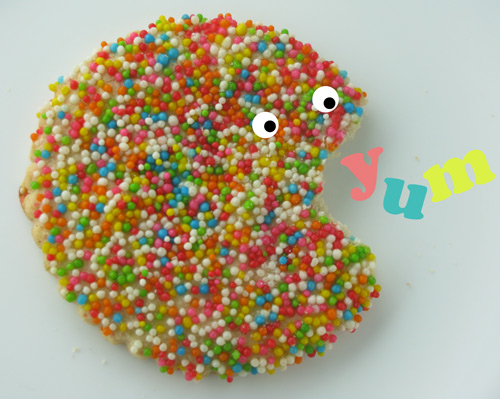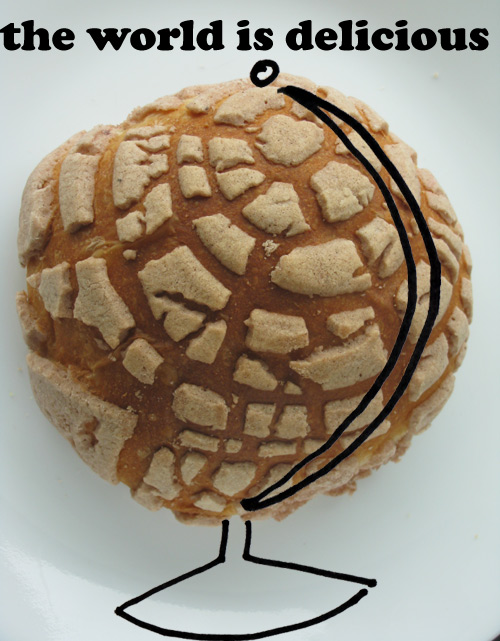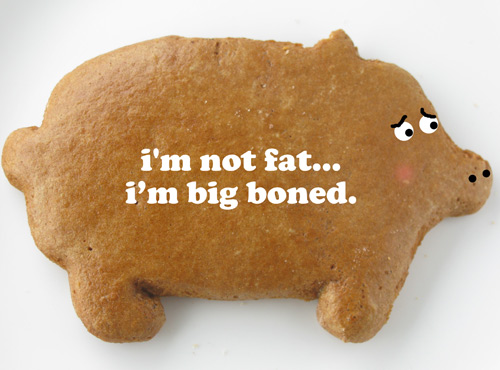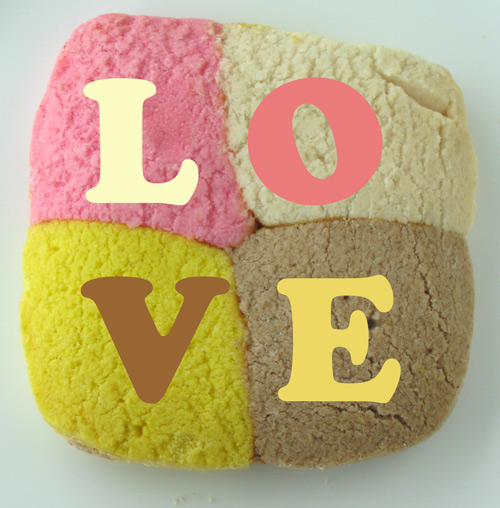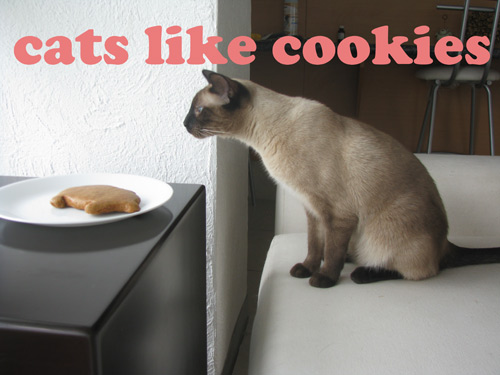When I say the word "marquesote", what pops up in your mind?
Maybe you think of quasi-royalty, like a marquise, or it calls to mind matinees, like marquee. All of these associations are wrong.
Because what marquesote should conjure up in your mind is this: Mexican cake bread.
What is this marquesote-Mexican-cake-bread-thing, exactly? It's an interesting little morning bread, very light and not too sweet, somewhat dry, but perfect with a sprinkle of confectioners' sugar and a strong coffee.
I came across the term "marquesote" while poring over New Mexico literature in the history museum. Turns out, because of the proximity to (old) Mexico, you'll see marquesote every now and again. In searching for recipes I found a number of them, so it was difficult to discern which was "authentic"--with or without yeast? With cake flour, all purpose flour, or, like the one I settled on, made with cornstarch?
This version, which I adapted from a version on What to Cook Today?, makes a weird little cake. It's light as air, and highly delicious, but it goes stale so, so fast. This is not such a terrible thing if you're smart about it: enjoy it plain, or with confectioners' sugar or a smear of sweet butter, OR BOTH, right after you make it, but if it's more than a few hours old, resign yourself: you're going to have to enjoy it with ice cream, whipped cream, or some other tasty thing that will add moisture. Poor you.
As a bonus, if it's up your alley, as far as my googling expertise goes, the fact that this recipe employs cornstarch instead of flour makes it gluten-free.
I tend to think it would taste great as a base for strawberry shortcake: more interesting than mere sponge cake, and perfect for soaking up all the tasty flavors.
Give it a try and see which way you like it best. It's easy to make, and smells like heaven whilst it bakes.
Marquesote
Adapted from What to Cook Today? - Makes 1 cake
Ingredients
- 4 eggs, separated
- 1/4 cup sugar
- 1/2 Tbsp baking powder
- 3/4 cups cornstarch
- 1/4 cup butter, melted
- 1 teaspoon vanilla
Procedure
- Preheat the oven to 375 F. Grease and flour a loaf pan or 9-inch cake pan.
- In a large bowl, beat the egg whites until they form stiff peaks. Fold in the yolks one at a time, beating on low speed.
- In a separate bowl, combine the sugar, baking powder and starch. Mix thoroughly. Fold this mixture gently into the eggs and add the melted and cooled butter and vanilla extract. Mix just until combined.
- Pour into the prepared pan and bake for about 25 minutes or until it is golden brown. It may begin to slightly shrink from the sides of the pan.
- Immediately after removing from the oven, run a sharp knife along the perimeter of the pan to loosen the sides. Let cool for about 15 minutes, then invert the pan onto a serving platter. I served my cake upside-down like this, dusted with confectioners' sugar. Actually, more than dusted. What's the word for "dump a whole ton of sugar on top, but delicately so it looks like snow"?
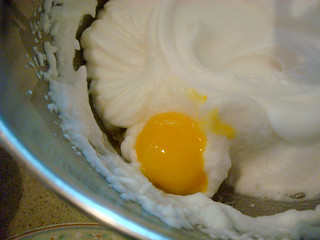

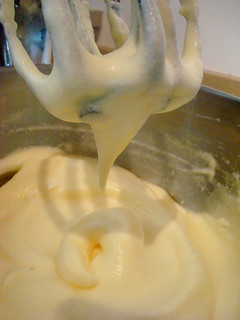
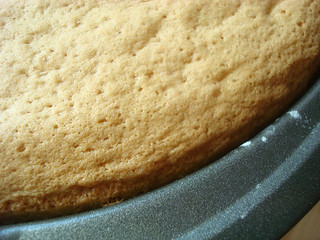
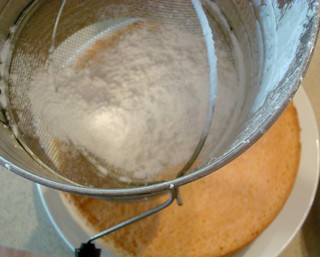
Enjoy!

